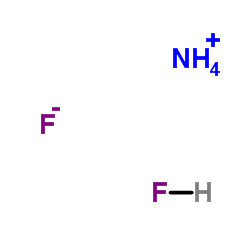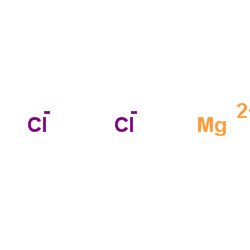| Structure | Name/CAS No. | Articles |
|---|---|---|
 |
Ammonium bifluoride
CAS:1341-49-7 |
|
 |
Ethanol
CAS:64-17-5 |
|
 |
Magnesium choride
CAS:7786-30-3 |
|
 |
Calcium chloride
CAS:10043-52-4 |
|
 |
(E/Z)-4-hydroxy Tamoxifen
CAS:68392-35-8 |
|
 |
calcium chloride dihydrate
CAS:10035-04-8 |
|
 |
N,N'-Bis(Acryloyl)Cystamine
CAS:60984-57-8 |